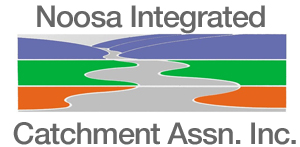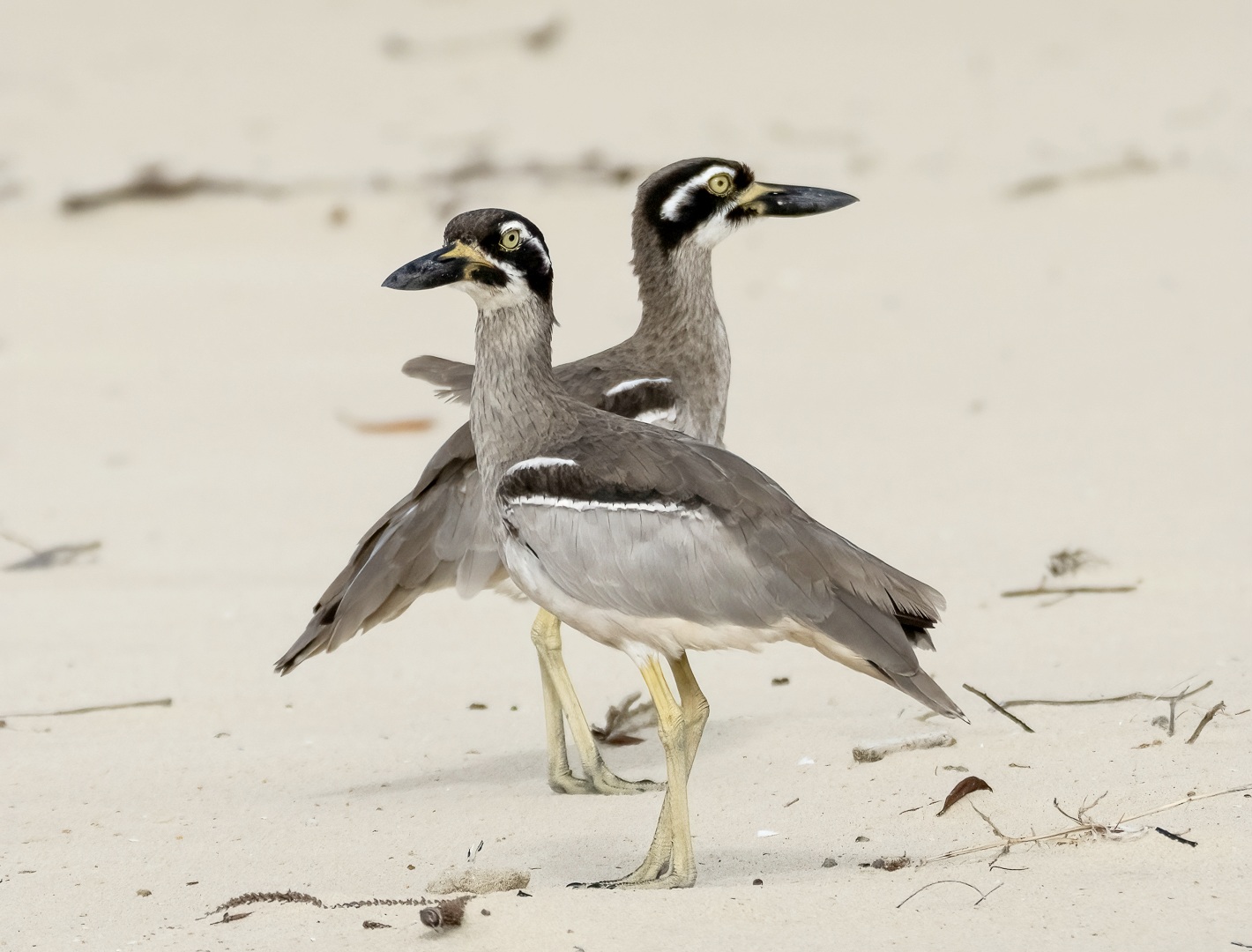Three times this year, NICA coordinated volunteers from Noosa Bush Beach Creek Care, Girraween Bushcare and NICA members to continue with vegetation rehabilitation of Sand Island.
For 14 years, volunteers have motored across the Noosa River, avoiding the drifting sandbanks (mostly), along the way to disembark on Sand Island in the Noosa River estuary – or walk the plank!
Before the onset of the Arctic winter, over 50 species of shorebirds- adult birds with their newly fledged chicks begin their incredible 13,000km migratory journey. Sand Island is important as a shorebirds’ (also known as waders) roosting site. Its associated ‘sand spits or intertidal flats’ are vitally important for shorebirds feeding. At low tide – day and night, shorebirds feed constantly – pecking and probing for worms, insects and crustaceans. As the incoming tide covers these feeding areas, they congregate near the roosting sites on the island.
 Among those spotted recently was the Pied Oyster Catcher, Beach Stone Curlew and chicks and the Red capped Plover who was spotted only metres away from her spotted eggs exposed upon the sand – totally unprotected to the unwary visitor.
Among those spotted recently was the Pied Oyster Catcher, Beach Stone Curlew and chicks and the Red capped Plover who was spotted only metres away from her spotted eggs exposed upon the sand – totally unprotected to the unwary visitor.
A good reason to remind people to look ahead, tread lightly and keep dogs off the island.
Our band of volunteers tackled weeds and filled bags of suffocating Corky Passion Vine, Cobblers pegs, Gloriosa Lily, American Sea Rocket and other feral weeds, which all hinder the health and welfare of these Shorebirds.
We are a very sociable group and mid-session, indulge in a welcoming morning tea on the boat. Newcomers are always welcome to join our group, so contact our NICA office for contact details.








